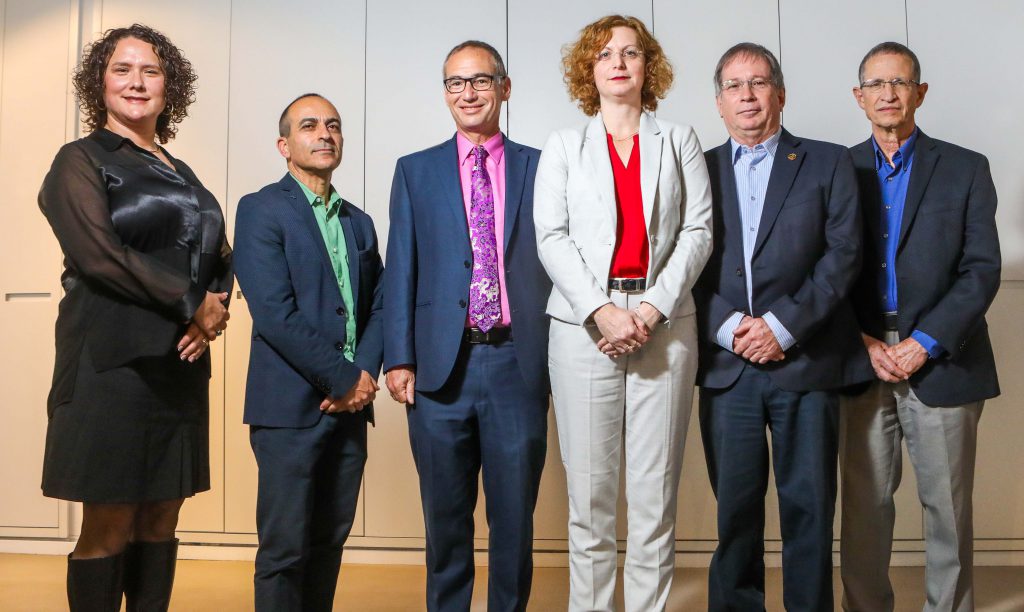Take the directors of the biggest hospitals in Israel and put them in one meeting room for a joint conversation in the midst of a publicized crisis in the internal wards just a moment before the elections. What you’ll get is an in-depth and multi-dimensional analysis of Israel’s public health system. This is what we did. On the 60th floor of the Azrieli Sarona tower, in a meeting room of the LABS TLV complex, we gathered together six hospital directors for an in-depth conversation about the system and its challenges, ways to improve public health in Israel, and the directors themselves.
Those in attendance: Professor Roni Gamzu, CEO of the Tel Aviv Medical Center (Ichilov); Prof. Haim Bitterman, CEO of the Assuta Ashdod public hospital; Dr. Tamar Elram, director of the Hadassah-Har Hatzofim Hospital; Dr. Anat Engel, CEO of the Wolfson Medical Center; Dr. Michael (Miki) Halbertal, CEO of the Rambam Medical Center; and Professor Arnon Afek, Deputy CEO of the Tel HaShomer Sheba Medical Center and acting manager of the general hospital. Together, these six bring a particular wealth and variety of system management experience to the table – former directors of the Ministry of Health along with former directors of community medicine; the directors of the largest super-centers along with those of medium institutions; representatives of the central region and those of the periphery; men and women; older and newer managers.
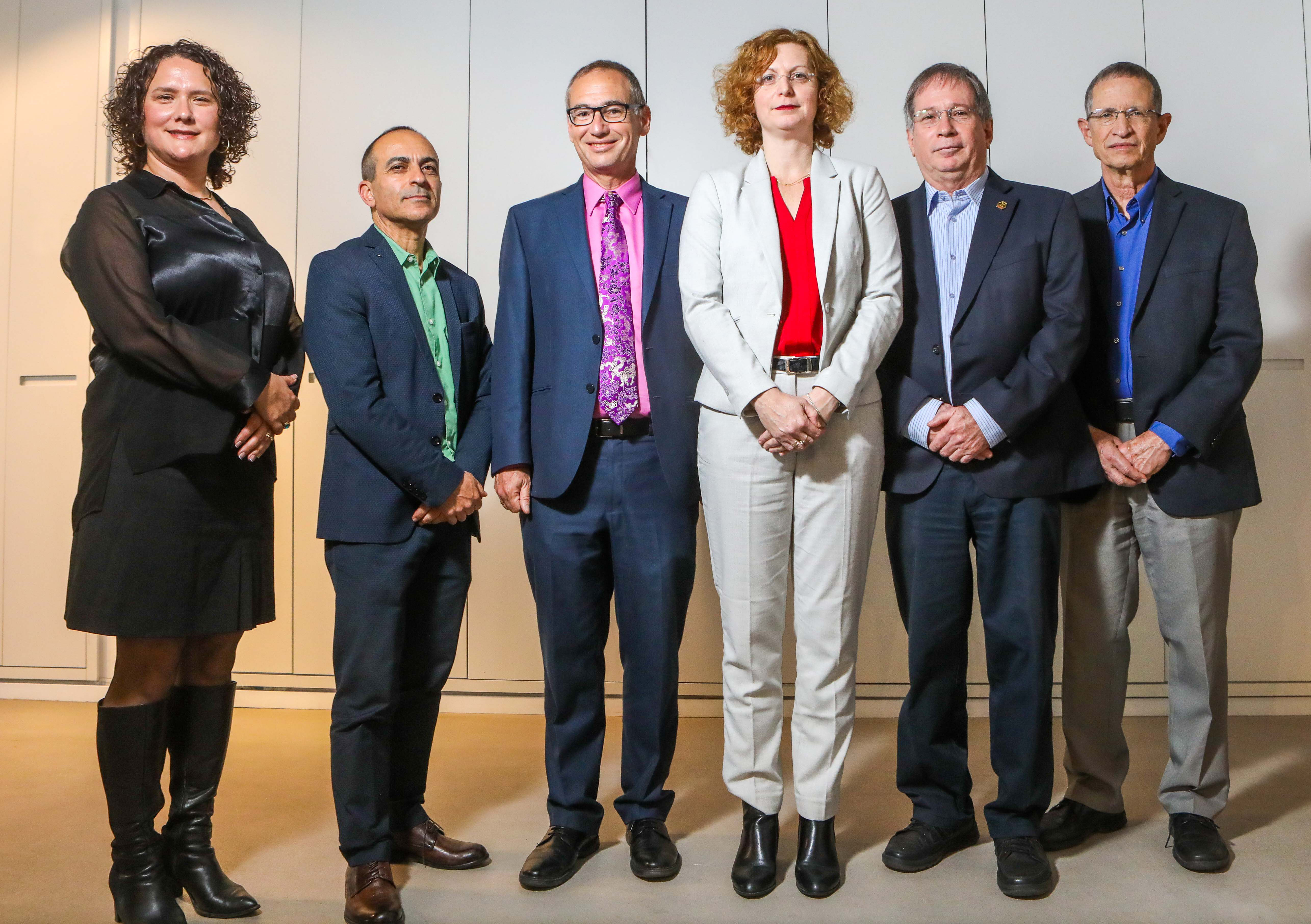
“We are starved”
Every day of recent months, newscasters from the radio and television stations have reported data on occupancy in the internal departments of the various hospitals: all of them around or above 100%. There may have been no unanimous agreement among the people in the room as to the factors that led to the awakening of widespread media interest in the crisis, or the use of terms such as “crisis” or “collapse”, but everyone agreed around one simple question.
Is it really that bad?
Afek: “The big crisis in the internal medicine wards exists,” declares the man who formerly served as the director of the Ministry of Health. “It exists because over the many years, the State of Israel has done damage to those departments, in that the cost for a day of hospitalization in an internal medicine department decreased, which pushed the hospitals to open specialized departments at the expense of the internal wards, and there are no longer any interns that come and say: ‘I want to be a full-time internist’. In the best case scenario you can convince her or him to be a rheumatologist and be in internal medicine part of the time. So you find very few specialists in the departments today. I think that the internists are right in their outcry, and the country should offer a solution.
“We have to make the pie bigger – if the State of Israel spends 7.3% of its GDP on health – while the Europeans, even though they have more elderly people, spend nearly 11-12%, and the average in the OECD is around 9% – it’s not enough money. It pushes all of us to fight for the same pie, paltry and picked-over, instead of expanding the pie.”
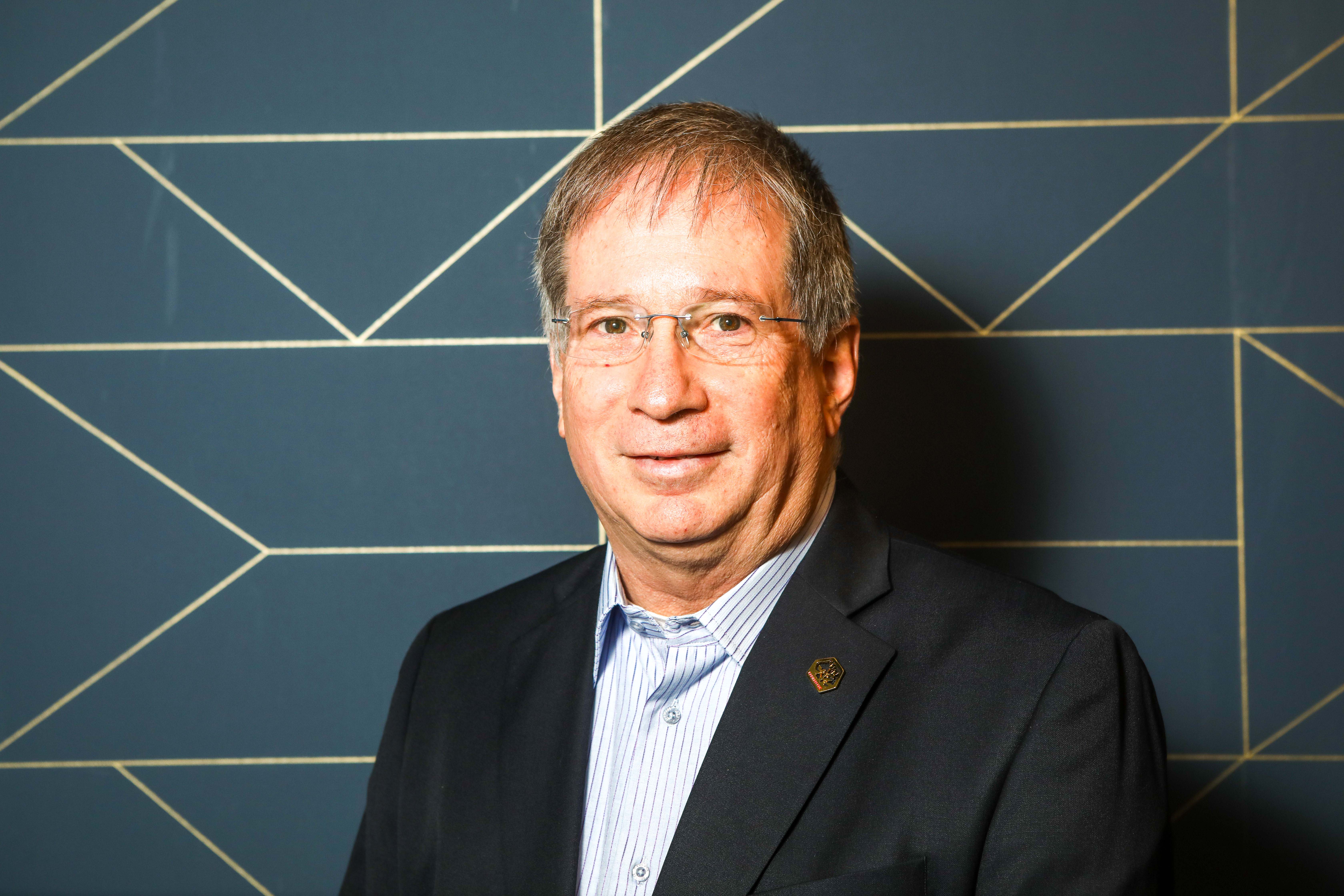
Halbertal: “The internal medicine department is a microcosm of the system, and all the players in the system are starving. It’s not like in other departments they have a surplus of beds. The number of beds per resident of Israel is decreasing as the population grows, and all of these things are familiar to us. The quality of service for citizens today is low. And so the country needs to decide that its citizens deserve better services. The budget out of the GDP going to health hasn’t changed in 18 years. Hospitals need serious additional resources, and it is very hard to maintain a hospital today, especially looking ahead, and considering the new fields like biological medicines and advanced technologies – the system won’t be able to keep it up anymore.”
Bitterman: “Yes – it really is that bad. We have to call a spade a spade: there is a crime going on today. It’s social and ethical injustice. There are those who would even call it criminal wrongdoing: that the state is putting patients in beds in the hallways. Yes, that is just one symptom among a whole range of problems, but lets not sweep it under the rug.”
Elram: “The choice to use any word, like crisis or collapse, is a subjective matter. Ultimately, for someone waiting in the emergency room for more than five minutes, that’s an emergency room in collapse. Yes – there is major crowding, and the staff works harder and harder every day, and we also know that this affects their fatigue and burnout, but does it affect the medical treatment? Hard to know.”
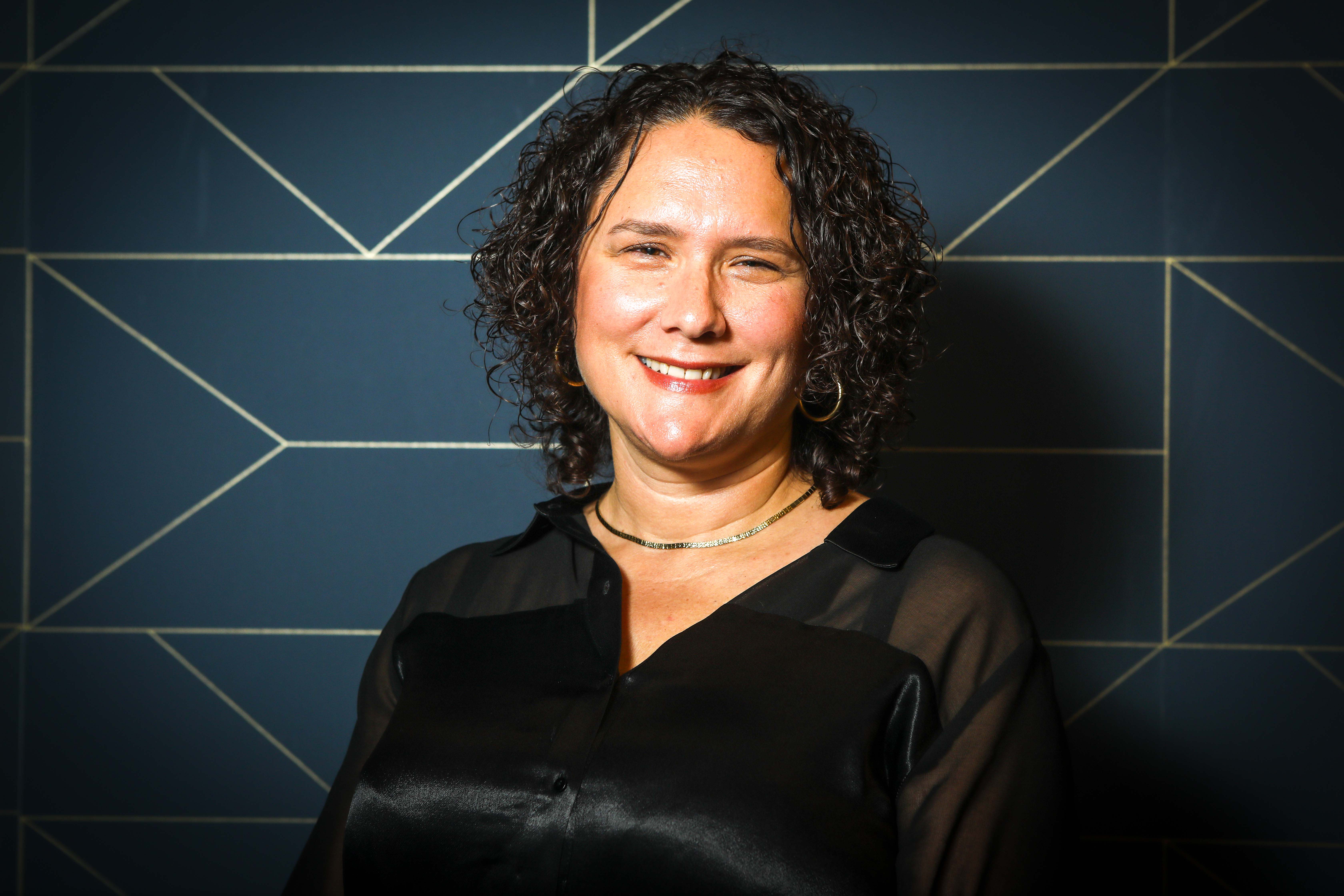
Engel: “I also don’t like using words like collapse but the heavy loads do take their toll. I talk to the staff all the time about preventing burnout, about how to strengthen their inner power and bring compassion back into the care we provide. I think that we give good, professional care, and that people’s lives are safe, but when a patient comes, he wants a hand on the shoulder and more holistic treatment. Those are the things that don’t happen enough.”
Community-oriented system
As the directors themselves mention, the classic explanations for the crowding in hospitals concern population growth, the lengthening of life expectancy, and the reduction on government expenditure on services for citizens for over 20 years. And yet, all of these phenomena have been known to us for quite some time.
How can it be that the system didn’t prepare for the effects of long term phenomena that were known in advance?
Gamzu: “If the whole conversation now is around beds, it’s true – this is a problem that all of us knew about,” says the former director of the Ministry of Health between 2010-2014. “In recent years we have succeeded in creating a certain amount of beds within the system, but even if we were to show more achievements, we would have the same crisis and the same media as we do now, because the health system is always short on resources. Furthermore, I think that the crisis that you see now is timed with the media, or maybe it reflects a change in the personality of the manager of some union or another, and is not necessarily putting the spotlight on the main challenge of the health system. In my opinion, the focus should be on how to prevent the crash of community medicine in the next decade.”
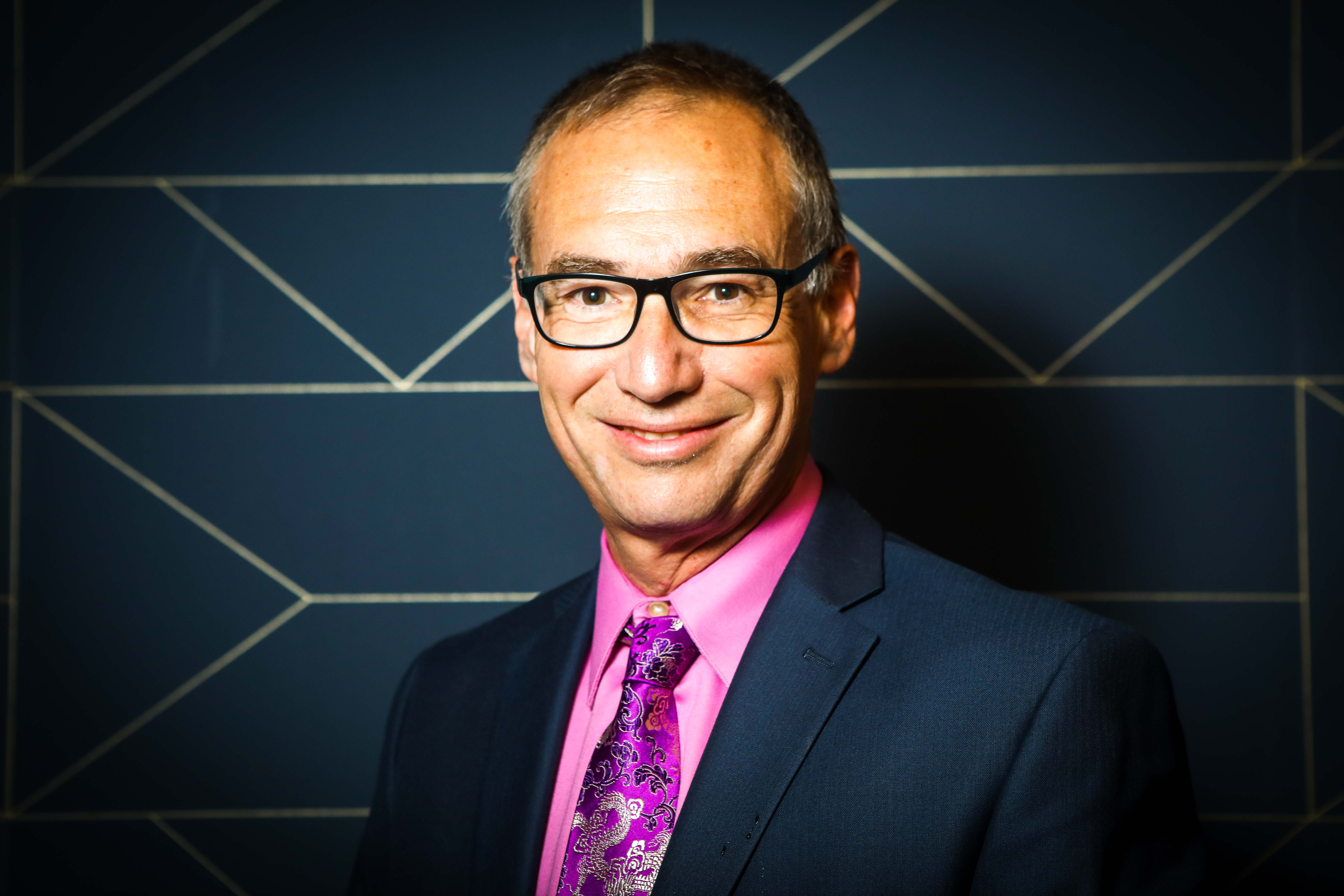
How?
Gamzu: “We must properly direct interns to the specialties in which we feel shortages in the coming decade, and direct the doctors so that they want to work in the HMO clinics in the community. Today there are senior doctors after their residency who tell me: ‘why should I go work in an HMO?’ And that’s a crisis. The number of physicians per 1000 people will drop to about 3.1, which is a relative decrease of about 10% from 3.4 today. So we have to increase the licensing of physicians, to properly train specialists in areas for which we expect there to be a deficiency in the coming decade, to have mandatory rotations in the community, and to encourage the HMOs to build medical centers in the community, something they stopped doing because of their financial distress. Most of the HMOs are afraid to establish centers. The hospitals are ‘blessed’ by the increase in the number of visits to outpatient clinics, all of which is a sign of the community’s weakness.”
Elram: “When I managed the senior community positions in the past, the slogan I lived by was that whatever the community could do, it would do better than the hospital. When you finish medical school, the feeling is that the center of life is the hospital, and in certain respects the community serves it or feeds it with patients. The concept should be the opposite from day one of medical studies: medicine is carried out in the community, and the hospital is there to help where the community is unable to manage.”
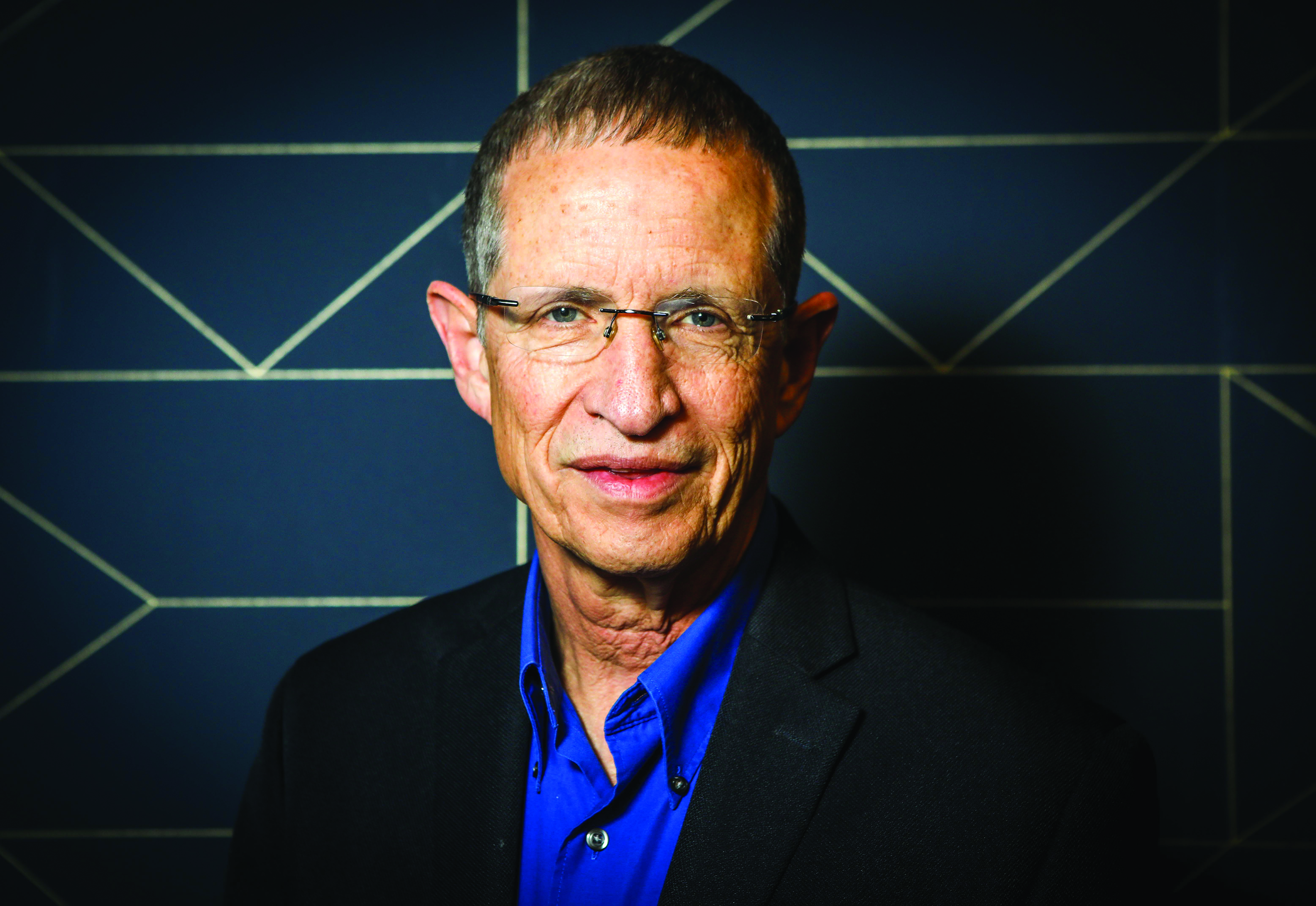
Afek: “The health system in Israel is directed toward the community and not toward the hospital. The budgets go to the HMOs, and they decide what they carry out themselves and how much they get from the hospitals. So if we look at the national spending on health and compare the spending on hospitals and the community, we see that the hospital spending has been in a downward trend since 1994 until today, while the community spending keeps rising.”
Bitterman: “The preparations for the growth of the population and the lack of beds cannot be limited just to the strengthening of community medicine, which is very important, but also to everything that comes after hospitalization – all follow-up treatments, rehabilitation institutions, home rehabilitation and home care solutions.”
Engel: “I want to suggest a slightly different, non-dichotomous way of looking at the connection between the hospitals and the community. I think that we need to look at it holistically, because the patient comes from the community to the hospital and then returns back to the community. I think that we need to build a different, more integrative model, that doesn’t focus just on hospitals versus HMOs, but rather works in collaboration the municipality and the education system.”
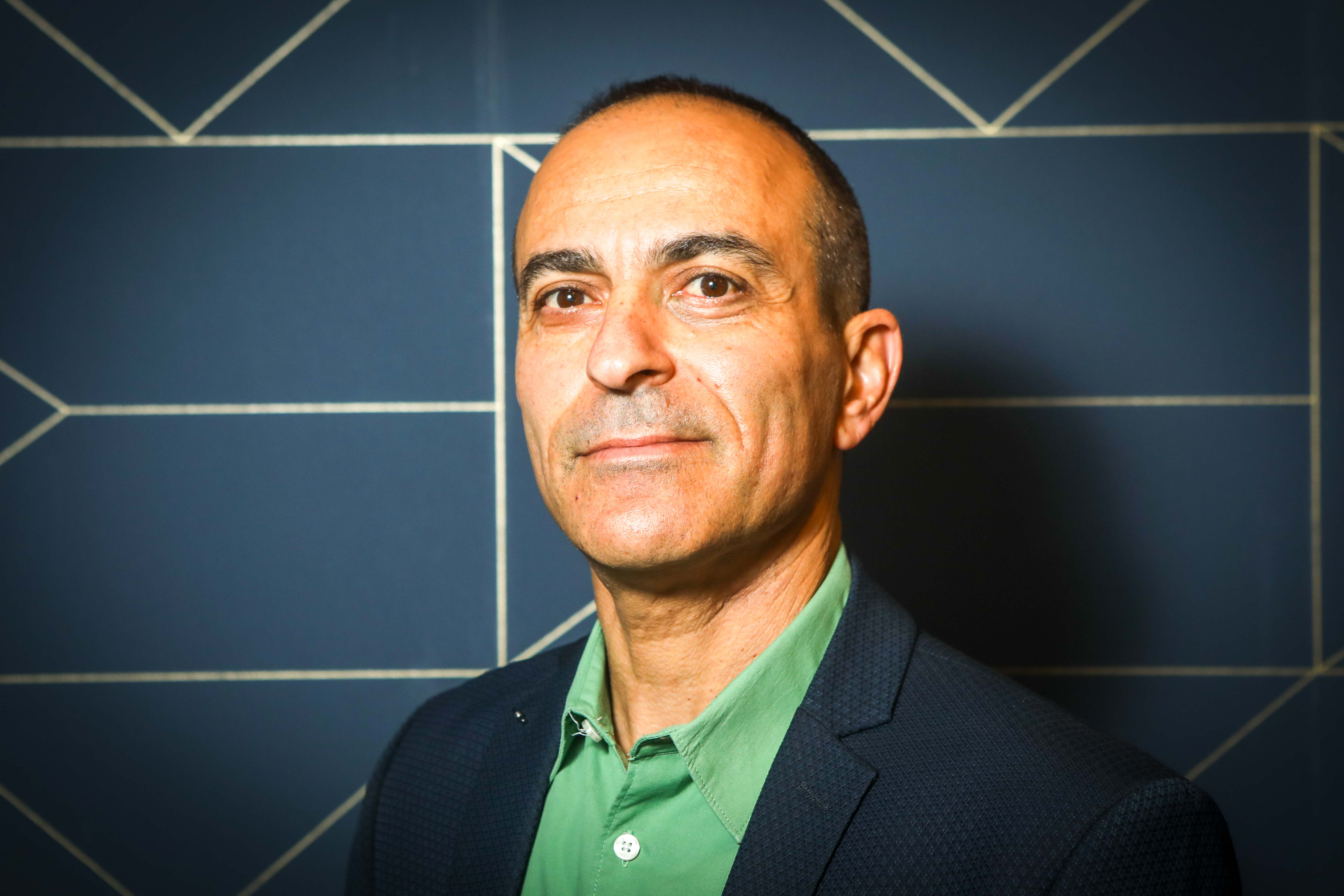
Better to die at a center
Like any discussion about division of resources, the conversation around enlarging the budget pie for health and reforms in the manner of its division ultimately leads to the gap between the central region of Israel and its periphery. The annual report on the inequality in the health system and the management of it that was recently published by the Ministry of Health, points to a difference of about three years in life expectancy between Kfar Saba in the top place and cites like Bat Yam and Ashdod at the bottom. Of course medicine is not wholly responsible for this phenomenon, but there is no doubt that it has a central role in addressing it.
Elram: “It’s true that those gaps exist, but there is another gap too – how does a population anywhere define its health? I am a gynecologist and I still work as a gynecologist. A very small percentage of my patients in Ma’ale Adumim have an amniocentesis performed in pregnancy,” she tells and turns to Prof. Gamzu at the other end of the table with a question, for which it is clear to everyone that the answer, in short, is – more. “Roni, what percentage of pregnant women in Tel Aviv do amniocentesis?”
Halbertal: “These things are much more significant in the community arena. Ultimately, the primary physician is a significant factor with a major influence, but the accessibility of primary medicine in the periphery is lacking. In the medical field, quality is, in fact, a byproduct of the existing scope of activity. So the solution is not to open a bunch of highly specialized units there, because that requires a great deal of knowledge, manpower, and expensive resources, and it won’t be used to greatest efficacy in these places. We must check that patients, that don’t have direct access to a high level of primary care in the periphery, will have the possibility of coming to the large regional centers more easily, so, for example, we must look after transportation and accommodations close by to the big hospitals.”
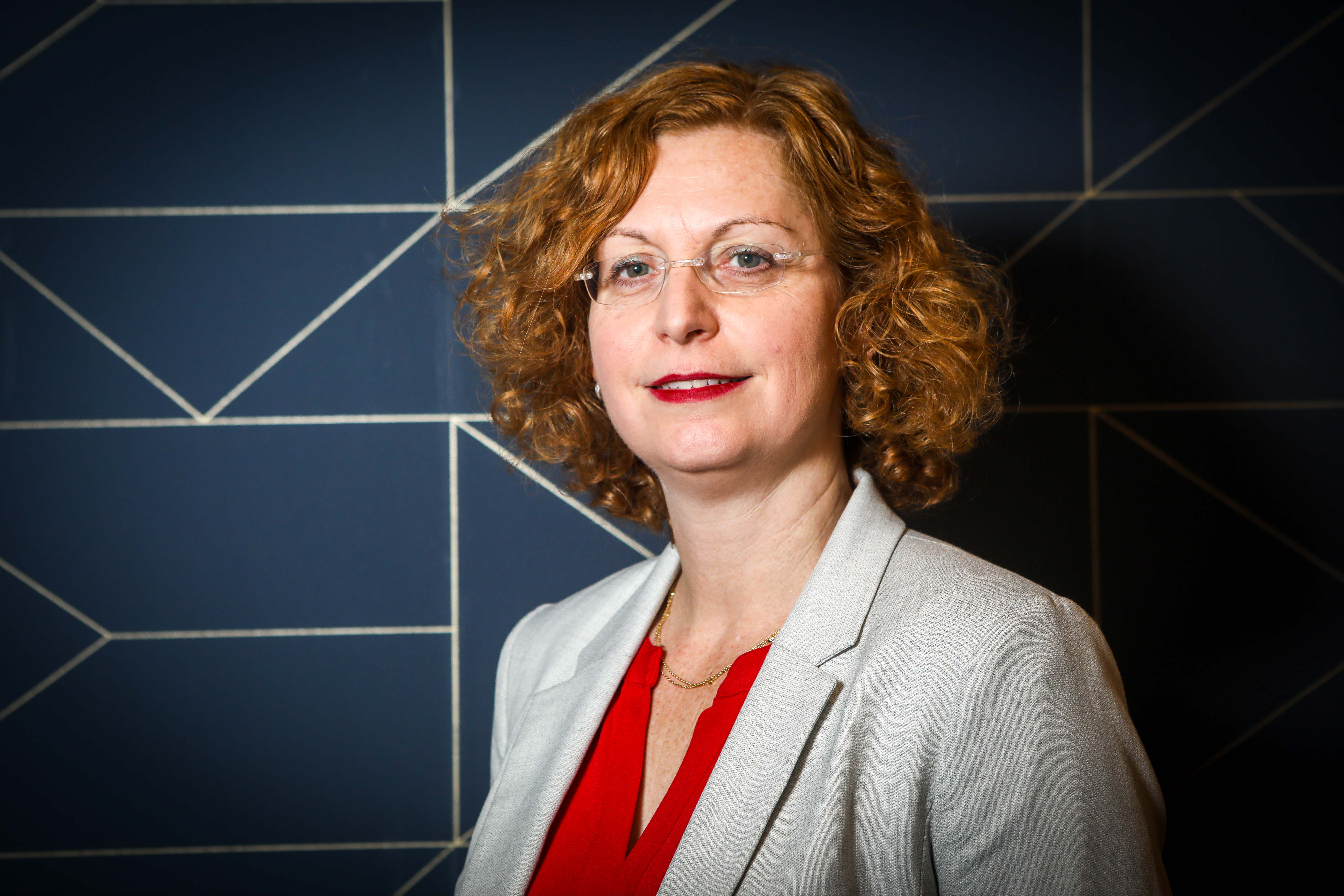
Elram: “The gaps between the periphery and the central region are not just a matter of accessibility to medical services, but also of needs, and when we correct and redistribute the pie, we must repair the periphery more, because there is a gap in the needs themselves.”
They learn less at Harvard
Enlarging the budgetary pie, building new hospitals and strengthening community medicine are all important goals. But none of them will be relevant, if there aren’t enough doctors to fill all of these positions. Professor Haim Bitterman, who today manages the public hospital in Ashdod, the only one established in Israel in the last 40 years, clarifies the problem. “I don’t know how they will open a hospital in seven or eight years, if they don’t plan in terms of manpower starting now. The Ashdod hospital event somehow went smoothly, but there won’t be able to be another two-three events like that. That was cannibalism”
There has been a recent revival of the headlines concerning the delay in establishing a new faculty of medicine at Ariel University. Apart from the political debate concerning the subject, what is your stance regarding expanding the academic infrastructure of medicine in Israel?
Afek: “I was the head of the committee that supervised and approved the medical studies program at Ariel on a professional level, to ensure that it will be an excellent medical program. In my opinion, there is no problem with teaching many more medical students in Israel, because there is no problem of clinical slots; only of allocating the means.”
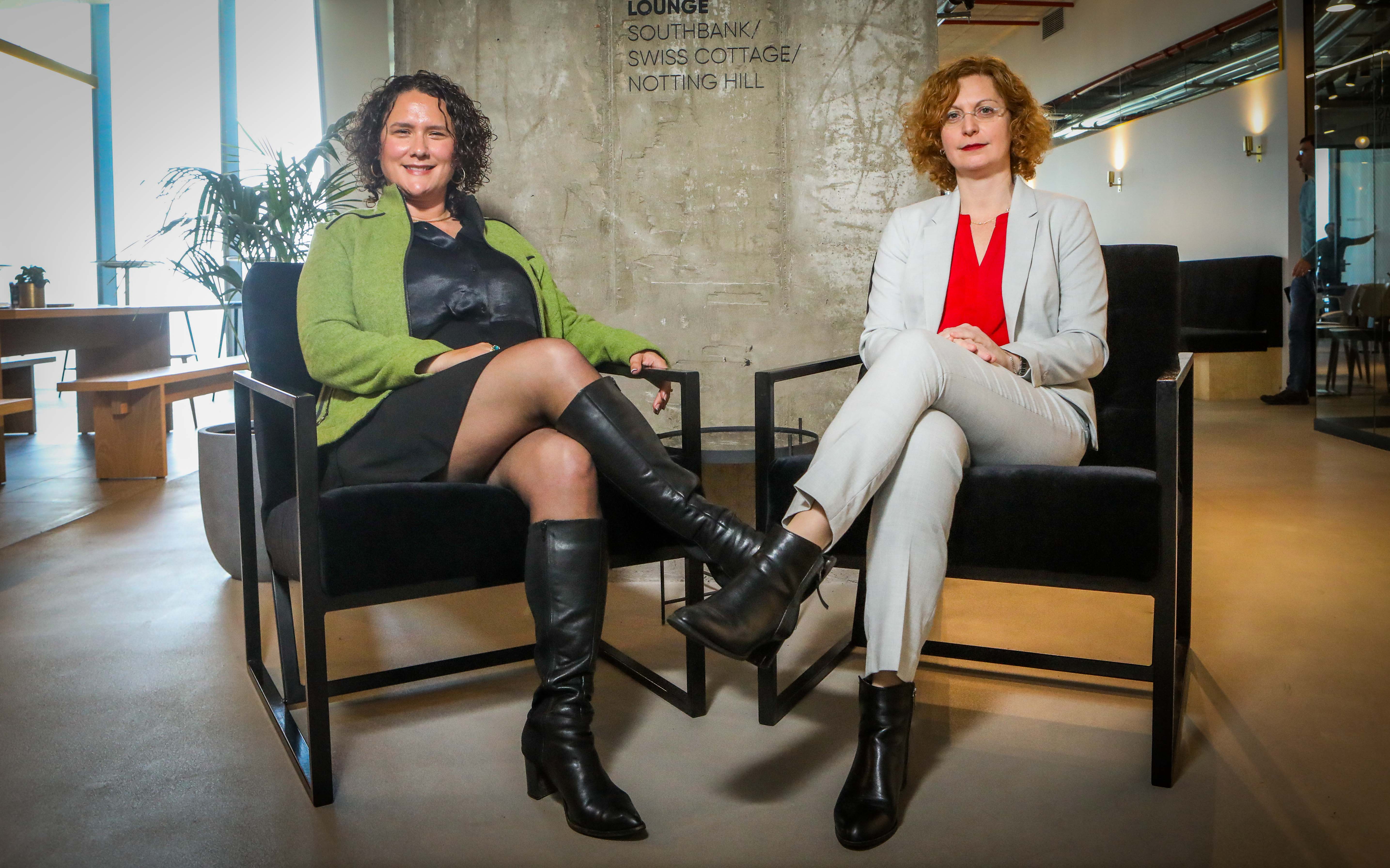
Clinical slots are a metric for calculating the number of beds per medical student during the clinical years of his or her studies, which require studying alongside patient beds. This data should be affected by the same crisis we have been addressing until now: the serious lack of hospital beds in Israel. But according to Prof. Afek, the number of clinical slots can increase significantly, unrelated to the matter of additional beds.
Afek: “The question is how many weeks to teach. The position of the Ministry of Health talks about 40 weeks of instruction, and that really does demand additional resources for the departments which are being taught. But in Ariel, for example, over 90% of the instruction will be in departments that teach less than 30 weeks. Nobody checked how many weeks are really needed to teach. A Harvard graduate from the US studies for significantly less weeks than in Israel.”
Halbertal: “We are committed to quality of instruction, and the quality depends on the number of students for each instructor. Ultimately, medicine is an apprenticeship model profession, and we have to supervise the students. So at least in the clinical years, in which the clinical slots are needed, having more than eight students in a group simply lowers the quality of teaching. Today, when a doctor teaches, s/he is actually committed to the students, and I take him/her off my staff in order to give these abilities.”
Bitterman: “The State of Israel truly does not lack teaching slots – it lacks the recognition of teaching as a way of life in the life of the department. And in order for this to turn into a way of life, and not some worn out event to be done with, it requires a special person to do it. If all of the departments teach 40 weeks, it would solve the problem of medical instruction in Israel, and in the end it’s not a lot of money.”
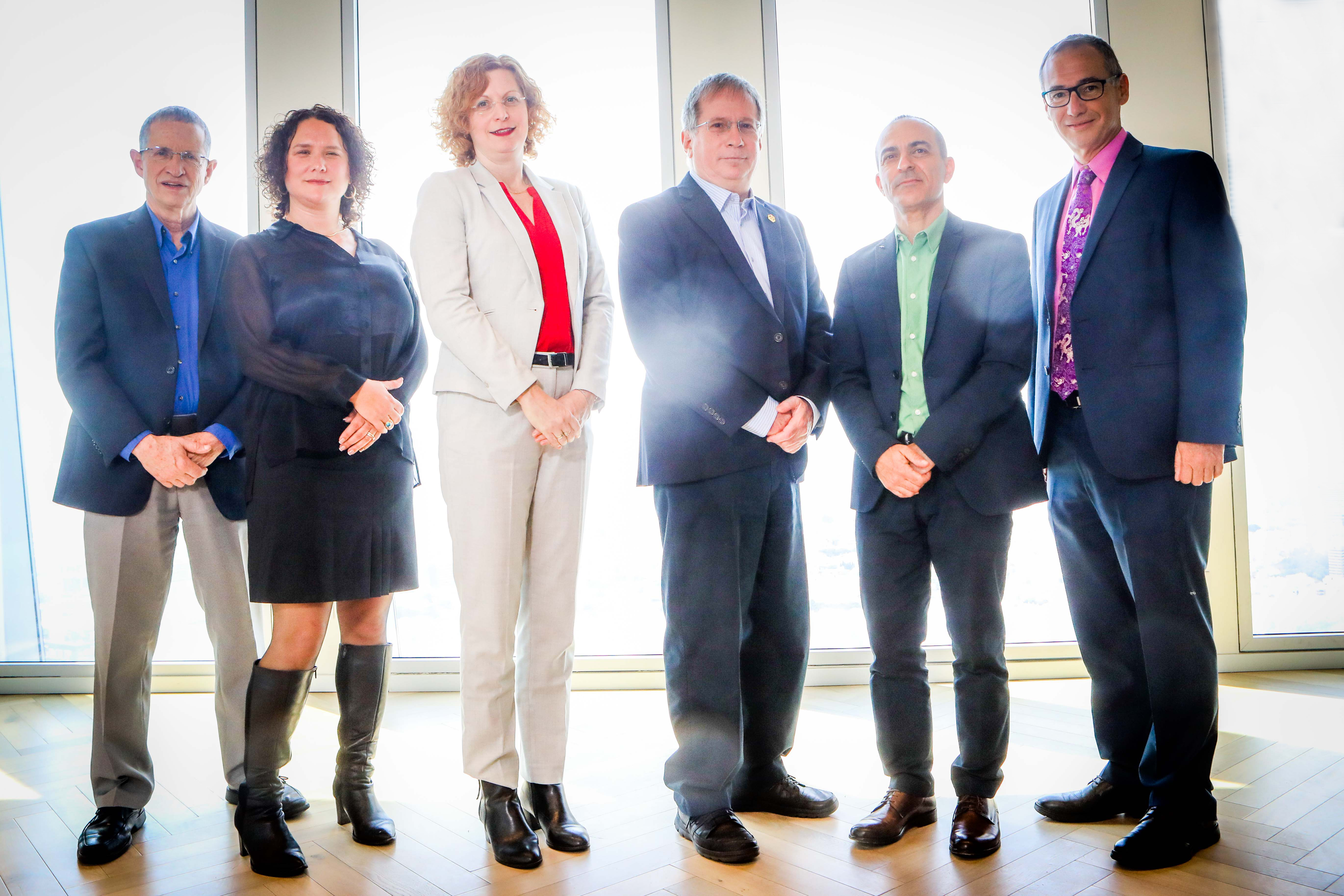
Elram: “I think that we have to find a way to include the HMOs in instruction more. For example, a student in Ear, Nose and Throat, has never set foot inside a clinic, except maybe the one in the hospital, but certainly not outside of it. That’s how s/he learns that the entire profession is confined to a morning visit to the department and the occasional entry into the operating room. But 99% of Ear, Nose and Throat clinics happen in the community.”
Gamzu: “I think that it’s too early for the students. Most of the integration of community medicine should be for the residents – a mandatory, not voluntary rotation. This will open up hundreds of hospital positions and possibilities to bring in more interns who today are waiting their turn. The resident will learn in the community, and his productivity for the compensation he receives will be huge.
“One of our toughest problems in the system,” Gamzu adds, “is that the Medical Association / Scientific Council does not plan to open the specialization registry. This is a move that is ostensibly under the authority of the director of the Ministry of Health but it is a legal twist. The Medical Association which takes responsibility for the system’s image and not just doctors’ salaries, has to put this on its agenda. Israel will not manage the medical resource well if the state itself doesn’t put it on the table at the next doctors’ agreement.”
Afek: “I completely agree that we have to develop residencies in the community. But I also allow myself not to agree with Roni [Gamzu]. The Ministry of Health is unable to fulfill its responsibility, not just because of the Israel Medical Association, but because of the Ministry of Finance.”
Finger on the Dam
When you hear these analyses, it’s hard not to wonder how much of the responsibility these highly experienced people sitting around the table attribute to themselves in coming up with solutions to the various crises they are discussing.
In a brief visit to an Israeli hospital you can see that certain departments are collapsing under the heavy load, while other departments appear relaxed, with space available. Each of you is in charge or managing a budgetary pie of your own. How are you managing this crisis within your own purview?
Halbertal: “The directors of the government hospitals are under a lot of influences that diminish their flexibility in terms of decision making. I think that it is fundamentally problematic that part of the addition of manpower is coming from a place of wage agreements. Since the system is not uniform and every hospital is dealing with different problems, it is important to leave space for the needs that the director identifies.”
Afek: “The methods are not the same in every hospital. I think that the internal medicine department is the basis that the hospital rests on, so we at Sheba decided to set the standards in every internal medicine department at 15 physicians. This is the only place within the hospitals for which we concentrated resources that we took from the whole system. But I don’t think that every hospital can allow itself to do this.”
Engel: “I see additional challenges within the hospitals apart from the crowding, like, for example, the geriatric departments, which are really lacking. The population is aging, but we are still decades behind in the way that we take patients and look after them. Ultimately the patient coming to the hospital needs to receive the relevant treatment. Maybe more intensive care and less internal medicine, and those are changes that really need to begin within the hospital and still don’t always happen.”
How many times in a year do you meet in a forum like this or similar? All of you are directors within the same system. Is there collaboration intended to improve it beyond each one of your hospitals?
Halbertal, who started his role as CEO of the Rambam Medical Center in recent months after about a decade in the institution’s management team and over 30 years working in it: “We are good friends with one another and we talk to each other a lot. When a problem comes up, we share it between ourselves, and consult with one another and everyone brings their experience to the system. Yesterday we sat together, and I brought up an issue that I had encountered. It turns out that all of us are dealing with it, and so we thought how can we find a collective solution. I think that in Israel the quality of directors is very high, with professional perspective regarding their own hospital first and foremost, but also a systemic perspective. We often give up, because we understand that there is a system. I think that today in light of the crises, the heads of the health system are the Dutch boy with his finger in the dike.”
The best job in the world
Elram: “I think that being a director and being a doctor aren’t so different. Whoever is a good doctor will have a high degree of sensitivity, the ability to make decisions in stressful conditions, and good communication skills, and those are the same things one needs to be a good manager. Ultimately, my one-on-one conversations with a patient sitting across from me in the clinic are not so different from sitting and speaking with a department manager.”
Afek: “Medical management is a profession unto itself,” he claims in opposition, “and you need to invest in it, to learn it, to engage with it and keep up to date. One of the most important things for us today is to raise the next generation of super-specialists in management, and that’s very hard in medicine, because the ideal for a doctor is to treat a patient and give them the best care possible.”
Halbertal: “I don’t think we’ve heard the last word in this argument. I have no doubt that a director-doctor has very great added value. Someone who has not stood beside a patient’s bed and accompanied him in his final hours or, alternatively in his recuperation, or birth, or dealt with the pain of colleagues… I think that it’s a major plus.”
Elram: “I think that to be a hospital director is the best job in the world and I guess that you also think so. It’s an amazing role, because the questions that challenge us daily are questions that are economic, ethical, moral and medical – and only if you are a doctor, you learned about and struggled with matters of life and death, you can really be the one to make those decisions.”
The profession may be amazing, but those who fill the role are still primarily men.
Does a health system that is unequally managed in terms of gender produce different outputs?
“Yes. We women are better managers,” says Dr. Elram with a smile.
“I wouldn’t say that, because our skills are unrelated to gender, in my opinion,” Dr. Engel replies, “but it needs to be more balanced, and it does have an effect on what ultimately happens with our patients. There’s a different perspective.”
Halbertal: “When we finished our medical studies, there were 16 or 17 women out of 75 students. Today 50%-60% of medical students are women. I think that the opportunities are equal.”
Afek: “The system isn’t built to nurture women, the way it is for men. It is still a male system, even if there is no discrimination. In order to create a system that encourages women, it has to be built such that it does not judge success just by the number of work hours, but also by the results.”
How do we reconcile the gap between the high technological, scientific, and high-tech abilities of Israeli medicine with the day-to-day crises? Ultimately, both aspects are funded out of the same accounts, so do research and centers for excellence do harm, given the lack of resources for ongoing work?
Afek: “In the end those are two faces of the same thing. It is the excellence and the hard work of the same teams that do both, and with great efficacy.”
Halbertal: “It should be made clear that the system is not the one granting us the resources for research and development and excellence. We find those resources for ourselves. I run around the entire world in order to get the resources to establish this thing, and it is entirely obvious that if we don’t invest in this, we won’t be relevant.”
Translated by Zoe Jordan

